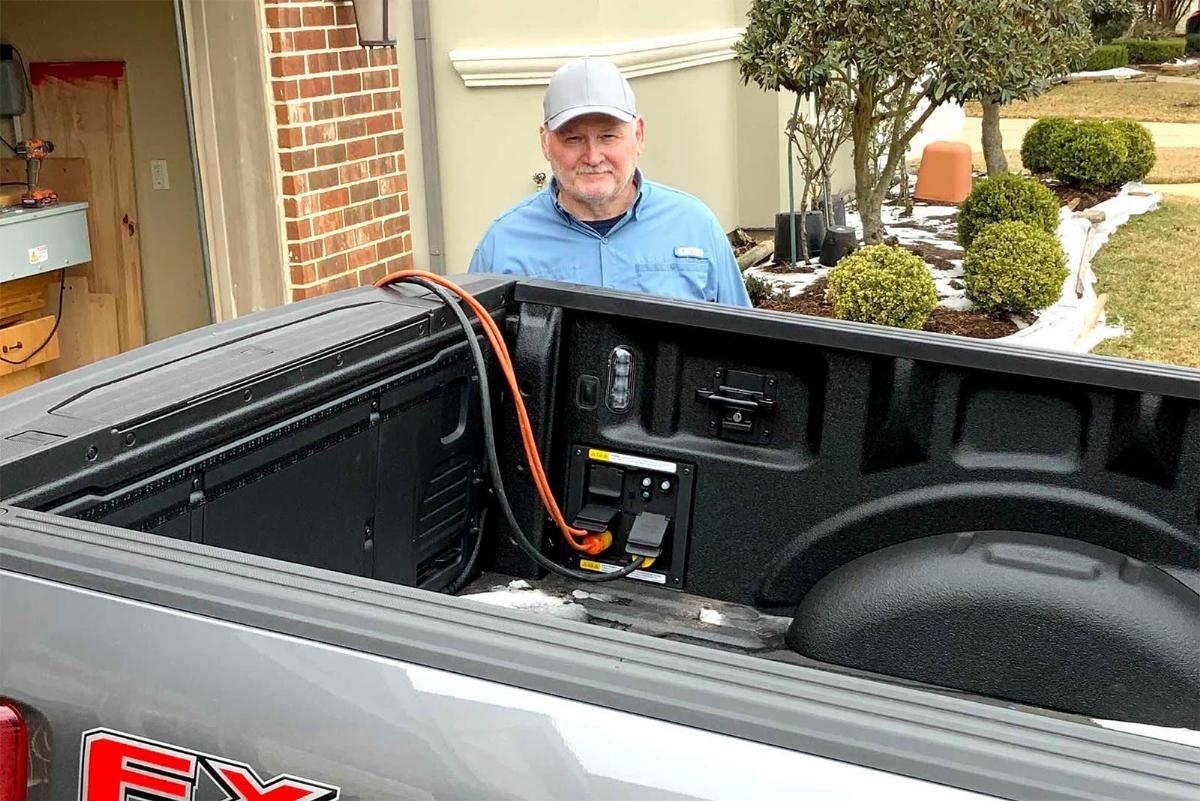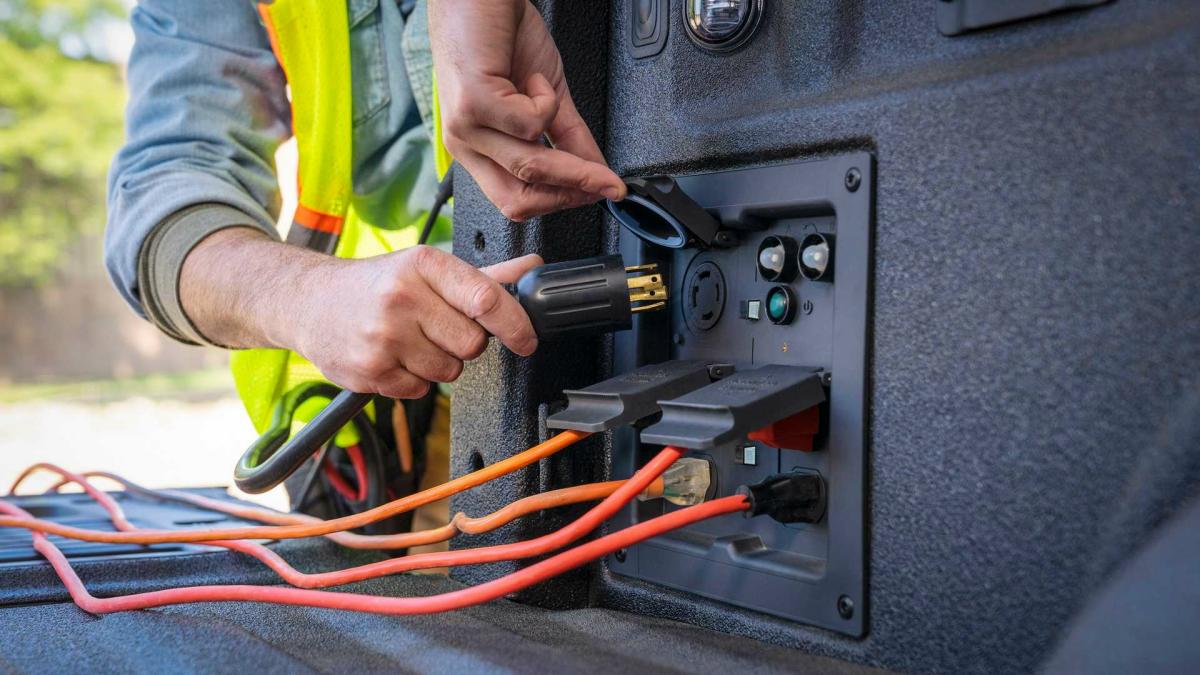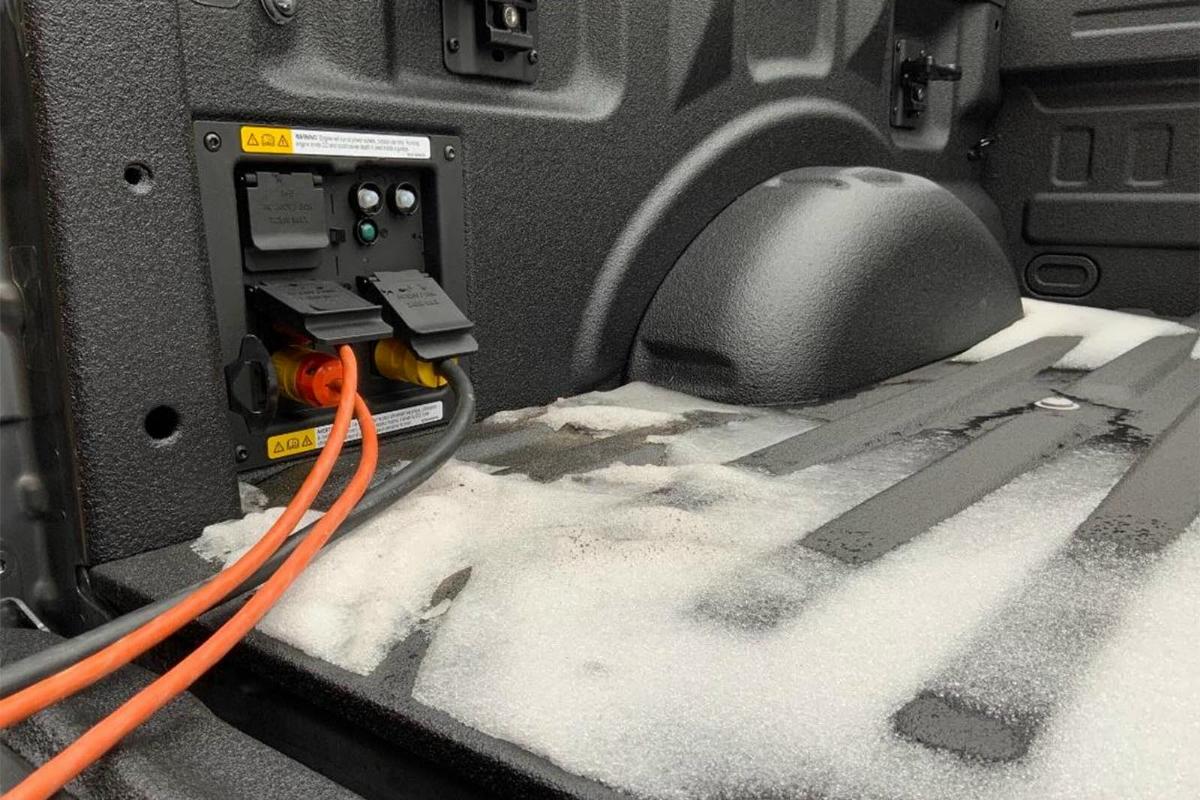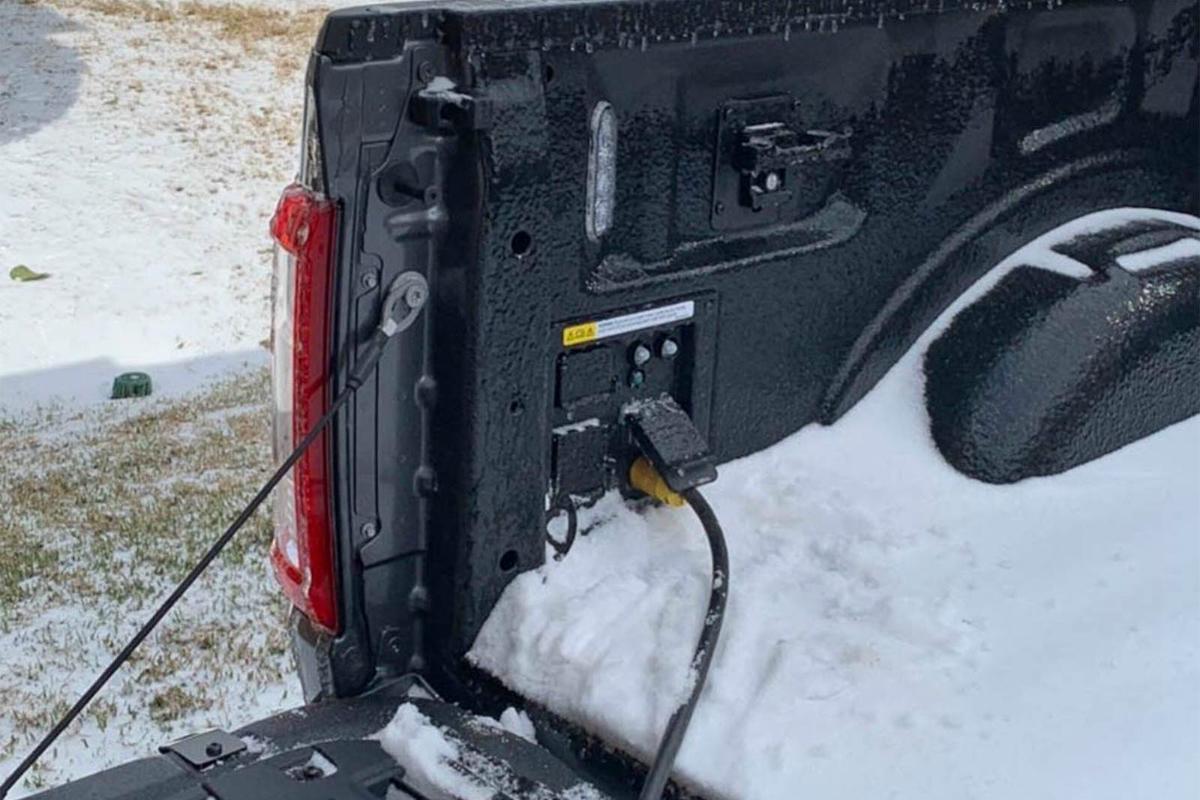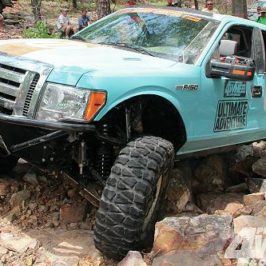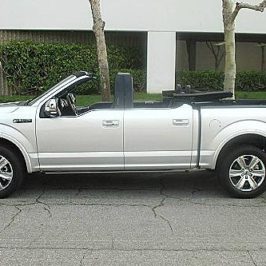The snow storm that hit Texas in February made nationwide news because it left millions of people without electric and heat. At least 3-dozen people died as a result. I myself was impacted by this storm. Living 1.5 hours northwest of Dallas – Fort Worth, I received at least 10-inches of snow, but my power never went out. My daughter and son-in-law wasn’t as lucky. On their second day of no power or heat I drove down and brought them to my house. It was a mess and several gas stations were either closed or no longer had gas. I stopped at (4) gas stations before I found the needed gas to get us back to my home. My daughters house was without power and heat for (4) days, and even though they left the water dripping in their faucets, a water line burst in their ceiling and did a lot of damage.
It may seem like this was a horrible snow storm, but it really wasn’t. I grew up in Ohio and moved to Texas in 2016. This was a typical snow storm that you’d find in other parts of the country. The problem wasn’t really the storm, it was the fact that Texas had ignored warnings and recommendations to protect the grid from freezing. Texas was given recommendations on how to protect the power grid from freezing 10-years ago. Apparently they didn’t want to spend the money since it’s such a rare event.
ERCOT (Electric Reliability Council of Texas) operates the electric grid and manages the deregulated market for 75 percent of the state. Their leaders failed to incorporate extreme weather events into their supply and demand models. All while their executives have collected increasingly high six figure salaries, according to an Observer review of the nonprofit’s tax records. Overall, total pay for executives and directors increased by 50 percent in the years following the last near-blackout in the state in 2011, from about $5 million in 2012 to $7.5 million in 2019.
So Why Did Texas Lose Power?
In many parts of the country electric power plants are powered by coal or nuclear, and wind farms (windmills) have sprung up around the country as well. In Texas the primary resource is natural gas. During a winter storm there is a demand for electric and natural gas. Not a big problem in areas that generate electricity from coal or nuclear, but it became a problem in Texas when the demand for both electricity and gas for heat increased.
Many gas wells produce water and distillates, which can freeze during cold spells. The Texas system was simply not prepared for the cold, despite having experienced freezing temperatures in 2011 that saw gas wellheads lock up and coal plants seize up. If power plants can’t get gas, then they can’t produce electricity.
Many power plants in the southern United States are not enclosed inside a building, with boilers and turbines exposed to the elements. This is by design. Leaving key power plant infrastructure outside prevents excessive heat build-up during warmer periods. But it can leave power plants vulnerable to cold weather. Power planners in the Great Plains and Upper Midwest, by contrast, generally enclose their plants because they expect to have to perform in cold weather conditions. That is not the case in Texas, so the unprecedented cold weather over so much of the state made it hard for the equipment to perform.
As far as the windmills, the situation in Texas could have been avoided if the turbines had been equipped with what are known as cold weather packages, which can involve a number of precautions such as heating up turbine components and lubricants.
On Sunday night, as a burst of Arctic air swept southward across the Great Plains, power plants in Texas started flicking offline.
Wind generation fell 32% between 9 p.m. Sunday and 3 a.m. Monday local time, according to U.S. Energy Information Administration figures. Coal dropped 13%. And natural gas generation, the cornerstone of the Texas grid, plummeted 25% over that six-hour period.
By the time the sun rose over Texas around 7 a.m., energy demand on the state’s primary electric grid had surged to about 71 gigawatts. Texas power plants were only able to muster up roughly 51 GW of electricity, leaving millions without power and shivering in the cold.
Those Crazy Electric Bills
You probably heard about Griddy customers getting bills for thousands of dollars. Griddy is an electric retailer that offers electric plans tied to the wholesale price of electricity.
ERCOT set a price of $9,000 per megawatt-hour to incentivize electricity suppliers to add generating capacity. That seems bizarre considering electric suppliers were unable to do so given the freezing conditions. Prices hit the cap during last week’s storm and stayed there for days, meaning Griddy customers were paying $9 for a kilowatt-hour that usually costs just a few cents.
Griddy took the unusual step ahead of the storm of telling customers to switch to other providers because they were likely to face exorbitant bills. But many did not switch, or were unable to, and found themselves owing thousands of dollars for just a few days of power.
Brazos Electric Power Files Bankruptcy & ERCOT Shuts Down Griddy
ERCOT set the price for wholesale electricity in Texas at the maximum of $9,000 per megawatt-hour (MWh) for more than four straight days during the storm. ERCOT also imposed other ancillary fees on power companies that totaled more than $25,000/MWh. ERCOT data shows that the price for wholesale power in the weeks prior to the storm was below $21/MWh.
ERCOT revoked Griddy’s right to operate because Griddy wasn’t able to pay ERCOT the money they were owed from the storm. A Houston area woman filed a billion-dollar class-action lawsuit after she received a $9,000 bill from Griddy for just one week of service. But Griddy anticipated a jump in the wholesale electric price with the pending snow storm and warned their customers to switch to other retailers. People should be mad at the greed and actions of ERCOT, not Griddy. They should also be upset with the state PUC since they oversee ERCOT.
Griddy wasn’t the only victim of ERCOT’s bill collection. Brazos Electric Power Cooperative, who bills itself as Texas’ largest and oldest generation and transmission cooperative, has filed a petition for bankruptcy. They owe ERCOT $1.8 billion. “The consequences of these prices were devastating,” Brazos Electric Power Cooperative Executive Vice President and General Manager Clifton Karnei wrote in the cooperative’s March 1 Chapter 11 bankruptcy petition.
How I See The ERCOT Situation & Deregulation
Imagine you’re at the gas station getting gas. Gas is $2.00 a gallon. As you’re filling up, the station changes it’s price to $2,000 a gallon due to demand. Not knowing this, you find yourself owing $20,000 for gas. Now they fully expect you to pay them. You better pay them, or they’ll take action.
This is price gouging. It’s normally illegal. But it’s happening here in Texas. When you think about Griddy and Brazos Electric Cooperative, they were victims of ERCOT setting an outrageous price. Perhaps someone at ERCOT should be in jail instead.
Shopping for electricity in Texas is a pain in the butt. There’s so many plans to choose from. Deregulation was suppose to make the market more competitive, but it did not. Just ask the guy with the $16,000 electric bill.
How Ford Saved The Day For Some Texans
I really wanted you to understand what happened in Texas before I got to the focus of this story.
When Ford redesigned the 2021 Ford F-150, it added a host of new technologies and features, one of which was the onboard generator. Ford advertised that the product could power a host of things needed for a construction site, tailgate party, or weekend movie night in the backyard. It’s also capable of powering other essential equipment such as furnaces and heaters, TVs, and minifridges.
The entry-level onboard generator – a 2.0-kilowatt unit – is available with every gas engine except the base one. Hybrid F-150s sport a larger 2.4-kW generator as standard equipment, though customers can opt for the even larger 7.2-kW unit. Ford says the 2.4-kW unit can run for up to 85 hours under max load with a full tank of gas.
Ford asked its retailers in Texas to loan out 2021 F-150 pickups with onboard generators to those in need. Ford had 415 generator-equipped F-150s on its dealer lots in Texas. Ford enticed dealers to participate by offering the dealers $600 per truck to put any F-150 with the ProPower generator feature into a loaner fleet.
(5) stores the chance to receive (5) additional F-150s to sell. Late last year, a report found that dealers had orders pilling up for the new pickup while those that reached the showroom floors were selling within hours in some cases.
“Due to the urgent and unprecedented weather situation in Texas, a number of our local dealers are using all-new Ford F-150s equipped with Pro Power Onboard to help in their communities,” said Mike Levine, Ford’s North America Product Communications manager. “Approximately 415 trucks fall within this effort.”
Randy Jones (see the photo at the top of this page) of Kay Texas owns a 2021 Ford F-150 PowerBoost Hybrid powered by a twin-turbocharged and intercooled 3.5-liter overhead-cam V-6 mated to an electric motor that delivers 430 horsepower and 570 pound-feet of torque and returns an EPA-rated of 24 mpg.
More importantly, the truck’s integrated generator produces 7.2 kilowatts of power, enough to help power key appliances when the power goes out. Jones grew up in Los Angeles, “where there are always hurricanes and power outages so, when I got my truck, I made sure it had a generator.”
The truck was in short supply, so Jones had to wait four weeks to get it. The wait proved worthwhile.
“I backed it out of my garage, got some extension cords off the receptacles and started plugging in my refrigerator, freezer, space heaters and we hooked up a power strip for neighbors who could charge up their phones,” Jones said.
Jones wasn’t alone. Other Texans used their F-150’s to power appliances and space heaters with at least one owner hooking his generator up to his house furnace so the blower and igniter would work.
Which Trucks Have The Feature?
Three Ford F-150 models offer the integrated generator used so effectively by Texans this week. The feature, dubbed Ford Pro Power Onboard, is optional on F-150s with the 2.7-liter EcoBoost 4-cylinder, 3.5-liter EcoBoost V-6, and the 5.0-liter V-8. It generates 2 kilowatts of power through two standard 120-volt outlets in the bed. F-150 PowerBoost hybrids come with a standard 2.4 kilowatts of output, but there is an option for 7.2 kilowatts of output.
Power is accessible through in-cabin outlets and up to four cargo bed-mounted 120-volt 20-amp outlets, with a 240-volt 30-amp outlet on the 7.2-kilowatt version. The company says that the 2.4kW system runs 85 hours on a tank of gas, and 32 hours with the 7.4-kW system.
Links:
2021 Ford® F-150 Truck | Tougher Than Ever
2021 Ford F-150 – Built For Getting Things Done – Blue Oval Trucks

